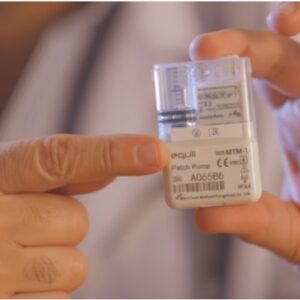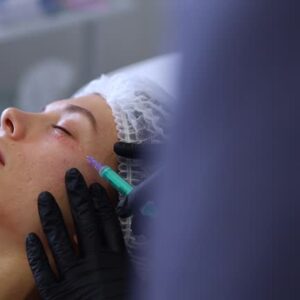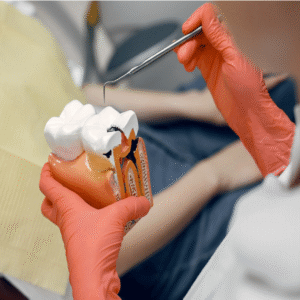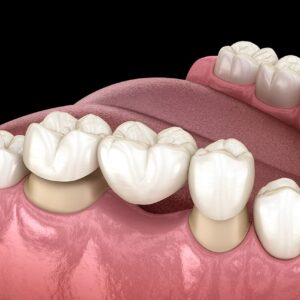Pico laser treatment has revolutionized skincare by offering a non-invasive, fast, and effective method to remove pigmentation and improve overall skin tone. Unlike traditional lasers that rely on heat, Pico lasers use ultra-short pulses—measured in picoseconds (one trillionth of a second)—to break down pigment particles in the skin without damaging surrounding tissues. This innovation not only targets unwanted pigmentation but also stimulates collagen production, promoting a healthier and rejuvenated appearance.
Thanks to its precision and minimal downtime, Pico laser treatment in Dubai is an excellent option for those dealing with hyperpigmentation, sunspots, melasma, or acne scars. It suits all skin types and tones, offering visible improvements within a few sessions. The treatment’s ability to target pigmentation at its root makes it highly sought after by individuals who want even-toned, radiant skin without the discomfort of more aggressive laser procedures.
New Standard for Clear Skin
In recent years, Pico laser treatment has gained immense popularity among residents and visitors seeking advanced skincare solutions. With a city known for its cutting-edge cosmetic innovations and beauty-forward clientele, Dubai has embraced Pico laser technology as a preferred treatment for stubborn pigmentation issues.
Clinics across the city offer customized treatment plans that cater to various pigmentation concerns, including freckles, melasma, sunspots, and post-inflammatory marks. Many clients appreciate the fact that Pico laser requires little to no recovery time, allowing them to resume their busy lifestyles almost immediately. The combination of global technology, expert practitioners, and client-focused care has made Pico laser treatment a go-to option for lasting skin clarity and glow.
How Pico Laser Targets Pigmentation
What Makes Pico Laser Unique
Traditional lasers work through photothermal effects—heating the pigment to break it apart. Pico laser, on the other hand, uses ultra-short bursts of energy (picoseconds) that shatter pigment particles using a photomechanical process. This approach not only breaks down melanin more efficiently but also reduces the risk of skin damage and inflammation.
How Pigment is Eliminated
Once the pigment particles are broken down into microscopic fragments, the body’s natural lymphatic system flushes them away. Over time, as these particles are removed, the treated area becomes clearer and more even-toned.
Multiple Skin Benefits
In addition to pigmentation removal, Pico lasers also stimulate the production of elastin and collagen. This added benefit makes the treatment ideal not just for discoloration, but also for overall skin rejuvenation, tightening, and texture refinement.
Treatment Impact Summary
| Treatment Phase | Skin Improvement |
| After First Session | Mild lightening, softer skin texture |
| 2-3 Sessions | Noticeable fading of dark spots and marks |
| Final Results (4-6+) | Even skin tone, reduced pigmentation |
Who Can Benefit from Pico Laser Pigmentation Treatment?
Suitable for a Variety of Conditions
Pico laser is effective for treating:
Melasma
Sunspots
Freckles
Age spots
Acne scars
Post-inflammatory hyperpigmentation
Inclusive of All Skin Types
One of the standout features of Pico laser technology is its adaptability to different skin tones. Unlike some treatments that carry higher risks for darker complexions, Pico laser provides safe, effective results across the board.
Busy Lifestyle Approved
Its minimal downtime makes it ideal for individuals who can’t afford extended recovery periods. Most patients experience only slight redness for a few hours post-treatment.
Fast & Focused: What to Expect During a Session
| Ozempic Feature | User Benefit |
| Weekly Injection | Simplified treatment routine |
| Weight Loss Support | Improved metabolic outcomes |
| Reduced A1C Levels | Better long-term diabetes control |
| Appetite Regulation | Decreased calorie intake |
How Many Sessions Do You Need?
The number of sessions depends on the pigmentation type and severity. Generally, patients see visible improvement after just 1–2 sessions, but optimal results are often achieved after 4–6 treatments spaced a few weeks apart.
Touch-up sessions may be recommended for recurring pigmentation issues, especially in cases of melasma or deeper discoloration.
Keeping Your Glow Intact
Immediate Aftercare Tips
Avoid sun exposure and always use SPF
Keep the treated area clean and moisturized
Avoid harsh skincare products for at least a week
Long-Term Maintenance
Following a healthy skincare routine and occasional maintenance treatments can help sustain results. Hydration, sun protection, and proper cleansing go a long way in preserving pigmentation-free skin.
FAQ’s:
Is Pico laser safe for darker skin tones?
Yes. Unlike older laser technologies, Pico laser’s ultra-fast pulses minimize heat damage, making it safer for all skin tones, including darker complexions.
How long does each treatment session take?
Most sessions last between 15 to 30 minutes, depending on the area being treated. It’s a quick and convenient option for those with limited time.
Can Pico laser treat melasma?
Yes, Pico laser can reduce melasma pigmentation by breaking down melanin deposits. However, multiple sessions and proper aftercare are essential for long-term results.
Will the pigmentation come back after treatment?
While Pico laser significantly reduces pigmentation, new spots can appear due to sun exposure, hormonal changes, or aging. Regular sunscreen use and skincare maintenance are key to prevention.
Final Thoughts!
Pico laser treatment stands out as one of the most advanced and effective solutions for pigmentation issues. By combining precision with safety, it addresses a wide range of skin concerns with minimal discomfort and recovery. Whether you’re dealing with sunspots, acne marks, or uneven tone, this treatment offers a powerful path to clearer, brighter skin.
With its rising popularity and continued innovation, especially in beauty-centric cities like Dubai, Pico laser technology is paving the way for the future of non-invasive skin transformation.







